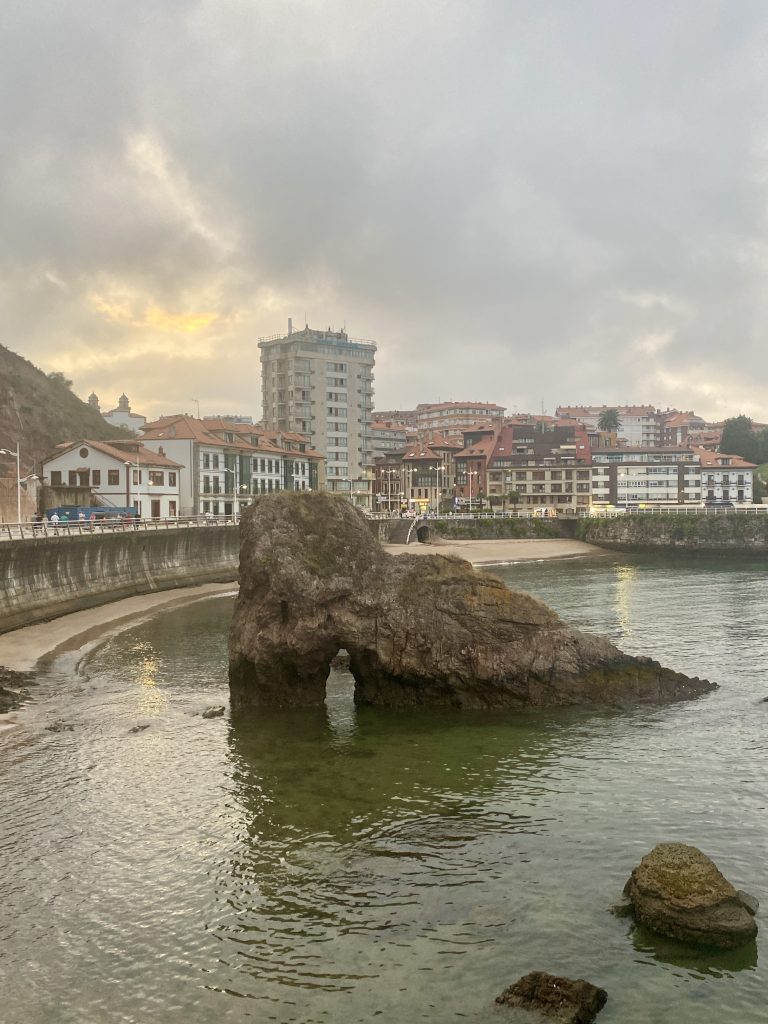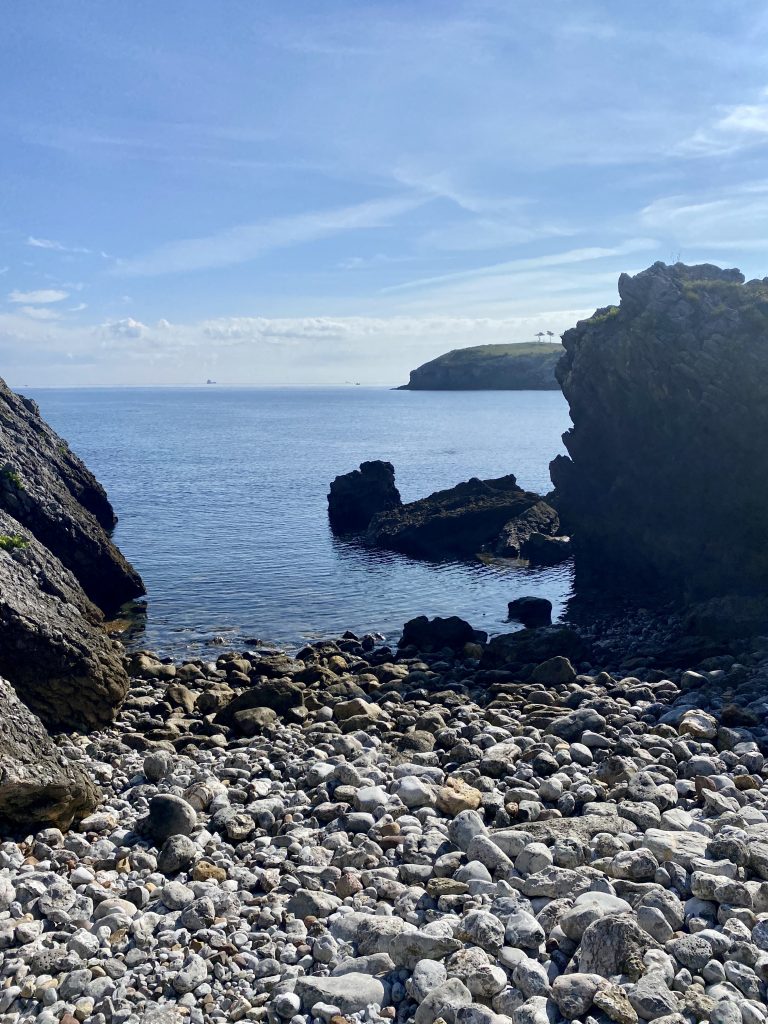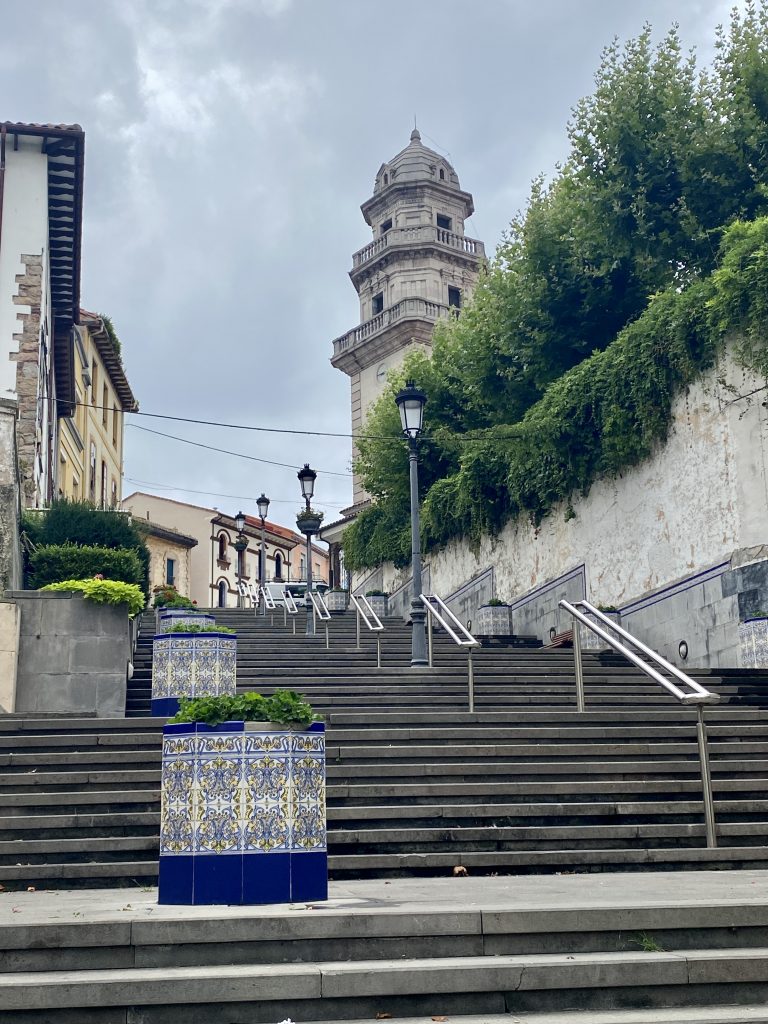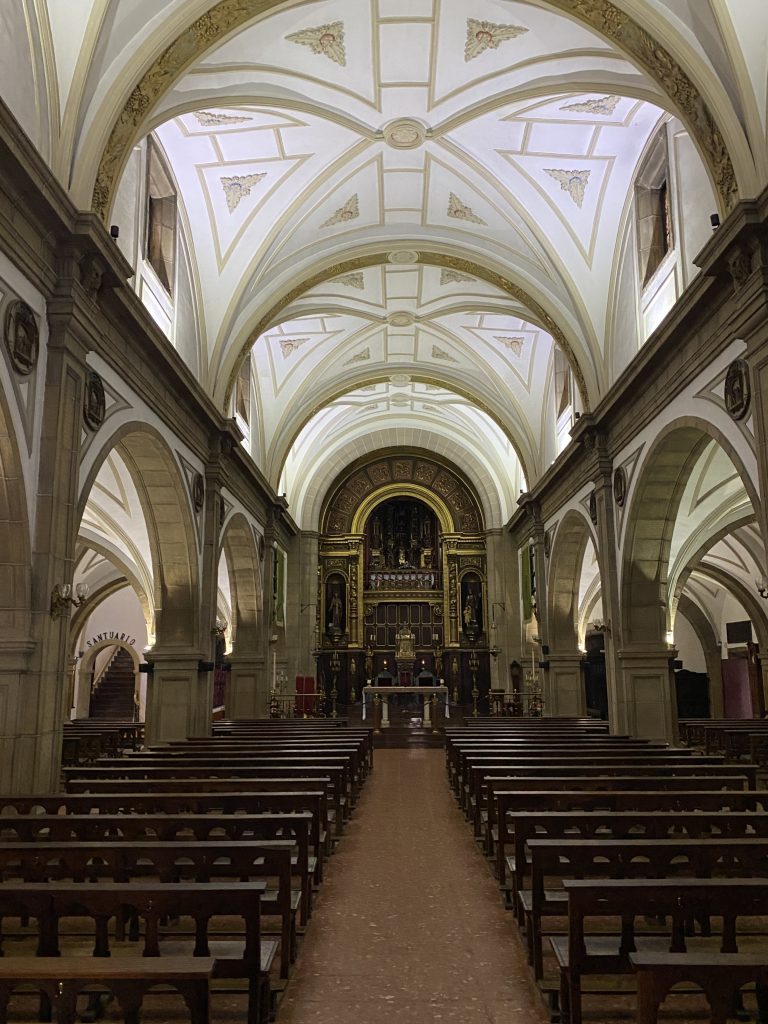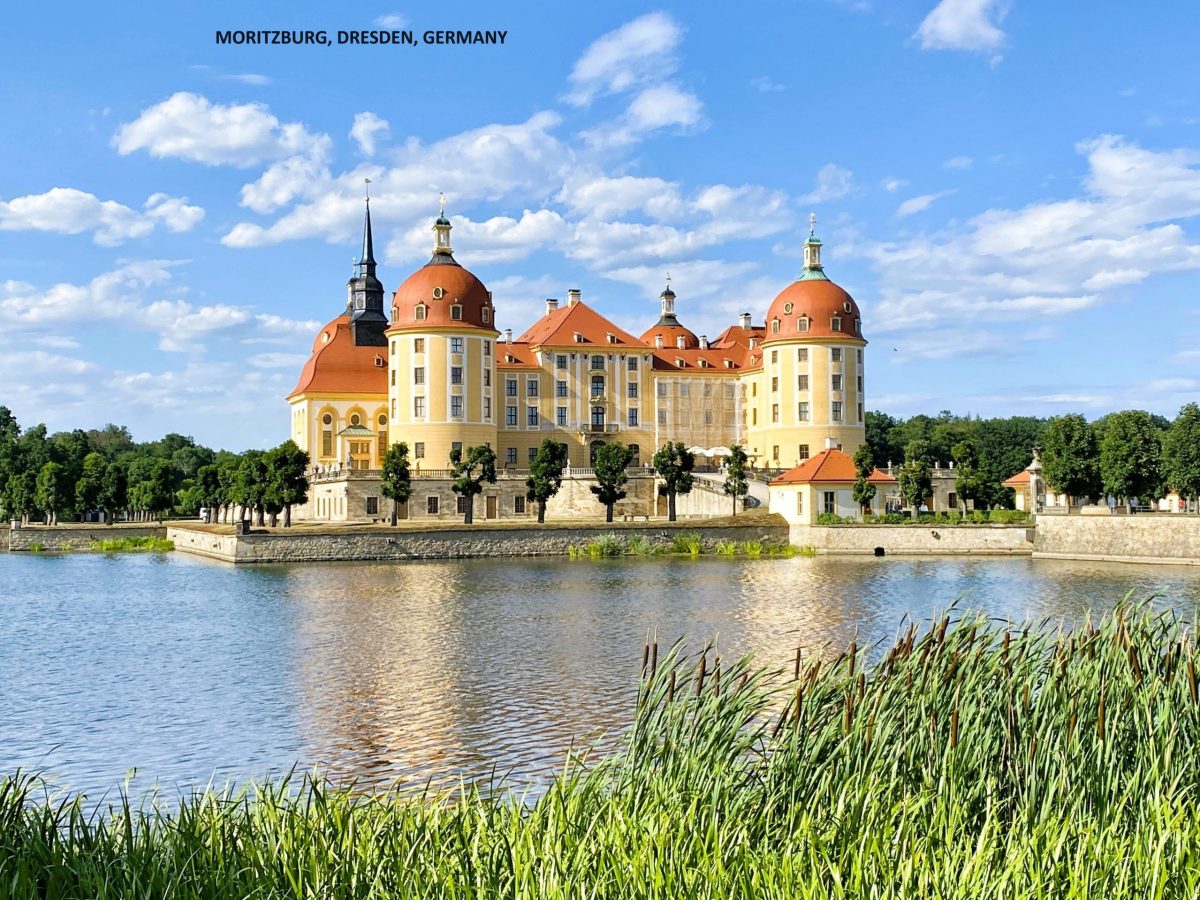Until quite recently Candas was a major fishing village on the Asturian coast. Villagers were whale fishing here as long ago as the 13th century and the village was the first in Asturias to salt, pickle and can fish. Indeed, as recently as the mid 20th century, there were 24 canning factories in what from here on in I will call a town (because I’ve just read that the place has a population of 6,500+).
Fishing is still important, as is evidenced by the statues and murals across the town (they are nearly all concerned with fishing and the restaurants serve some of the best shellfish along the north coast of Spain), but the fishing boats are largely gone from the town’s harbour and it is tourism where the money now comes from.
We parked up at a good campsite just a short walk along the promenade from the town centre. It was a weekend and the small beach was full of visitors taking advantage of the warm weather and mild sea. Almost everyone we met was Spanish and we rarely heard anything other than Spanish (or Asturian) spoken throughout what became a 4-5 day stay.
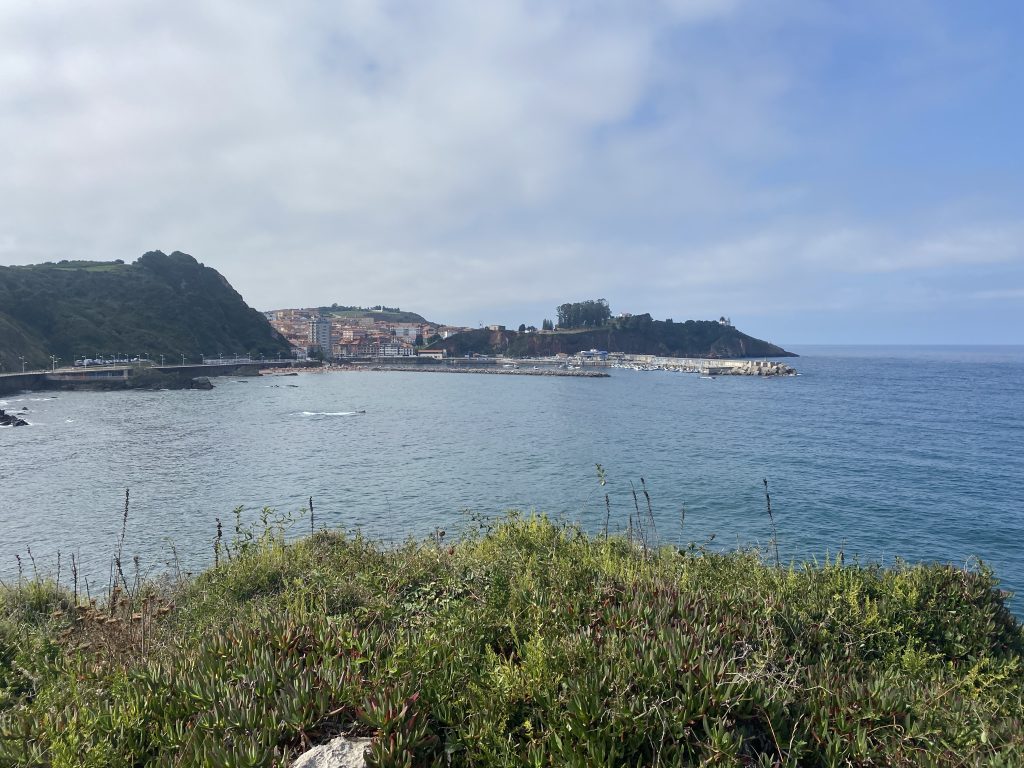
My first walk into town took me along the promenade, the beach, the harbour and up on to Cape San Antonio to the Candas Lighthouse and then; down into the town for a beer or two. I identified a couple of decent looking restaurants by the harbour and thought to return in the evening with Vanya and the dogs. My first impressions of the town were not that positive; I think they were clouded by the high number of holidaymakers I had seen on the beach and around the harbour area. As it happened, I needn’t have been concerned. The people we met later in the restaurant were engaging and great fun and, besides, all the holidaymakers (other than us) seemed to disappear once the weekend was over.
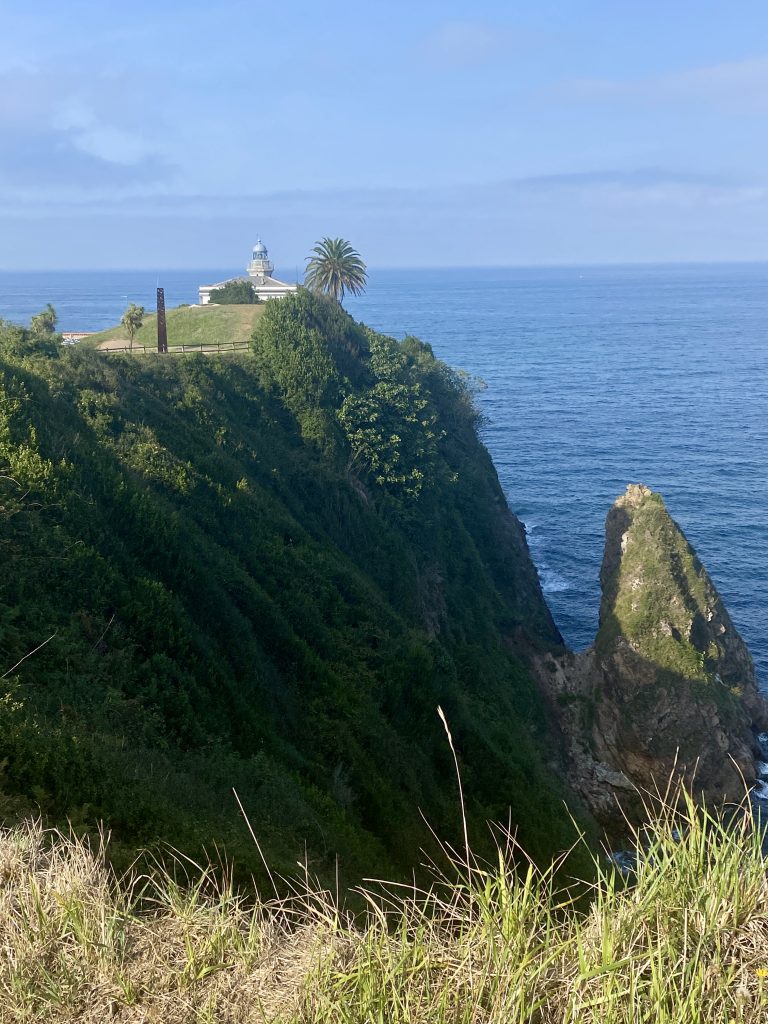
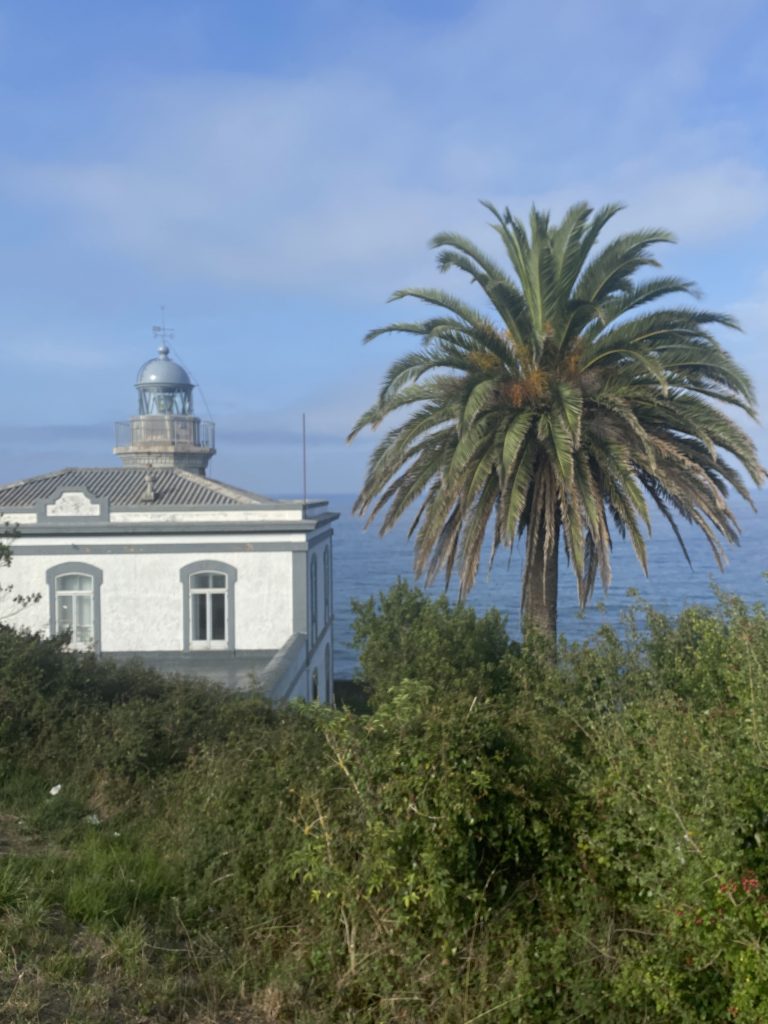
As I returned to the Van after that first foray into Candas I couldn’t help but notice some of the town’s statues and murals and their association with the sea. The most impressive is perhaps one of the smallest which I found down on the Plaza El Cueto. It was created by a local sculptor known as Anton (real name Antonio Rodriguez Garcia) and it is called La Marinera. It was inspired by the suffering of mothers who lost sons to the sea.
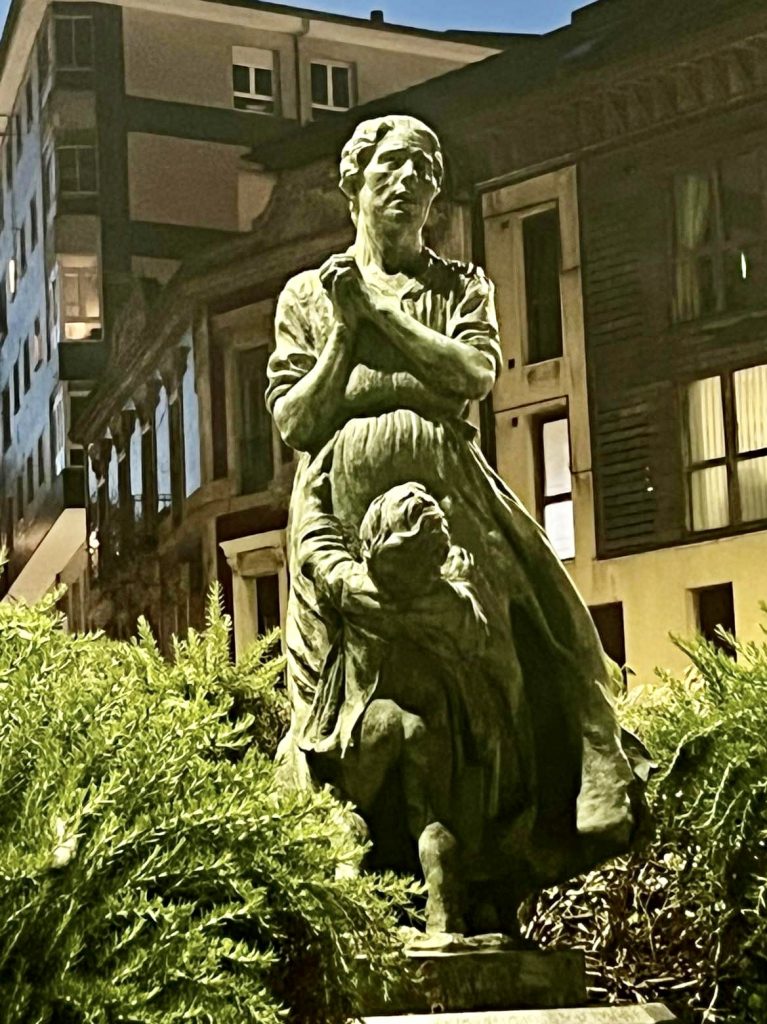
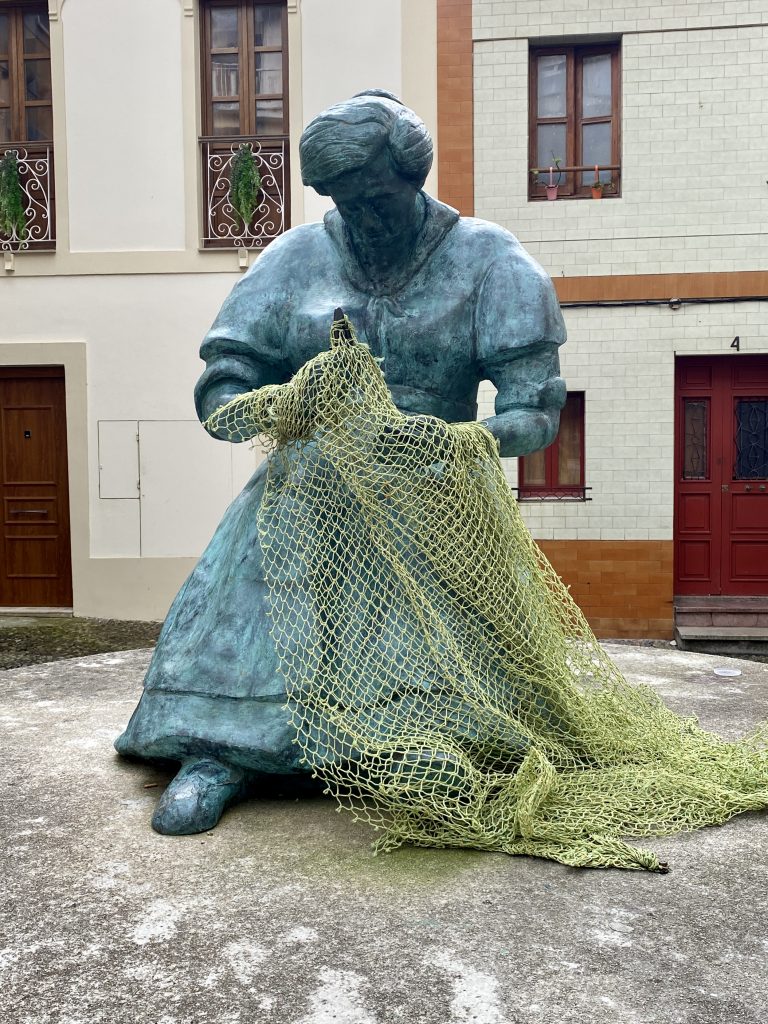
To summarise the ensuing few days in Candas – it was fantastic.
At heart this is still a local fishing village with warm and friendly people, some of whom went out of their way to make us welcome. That first night in the restaurant, one of the diners at a table alongside us offered me a glass of his sidra (the local cider) and proceeded to pour it from on high, as would an Escanciar (see last year’s Oviedo blog). Before you knew it, other diners were pouring from much higher heights than was the case earlier. Of course, our waiter simply had to show the amateurs how it should be done. I too had a go but the less said about that the better. It will suffice to say that Nala who invariably lays at my feet while we are in a restaurant was somewhat splashed and moved away.
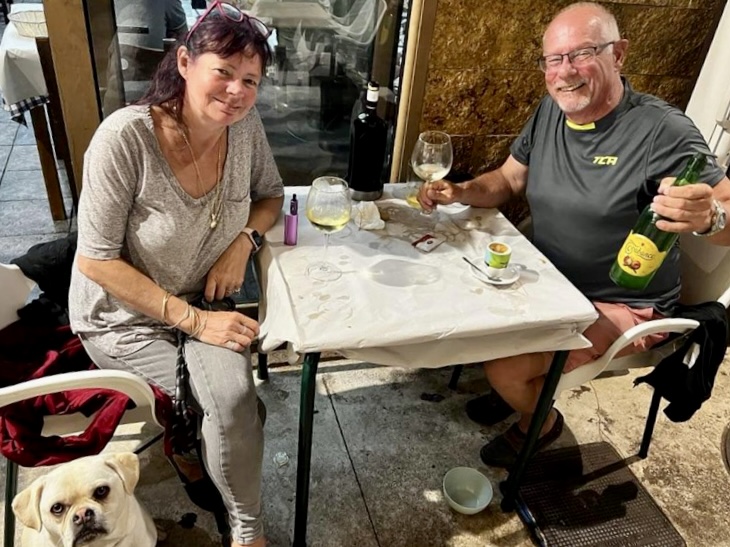
The welcome we received in other bars and restaurants was equally friendly. My favourite ‘local’ however has to be El Barcon. It doesn’t do food. It simply serves drinks and the occasional free tapas / pintxos / pinchos. You couldn’t find more welcoming hosts – Spanish hospitality at it’s best.
I must mention the seafood. The shellfish we tried in a couple of the restaurants were outstanding. The scallops were good, the langoustines were excellent and the mussels in the vinaigrette were the best. Oh, and Vanya adores the local anchovies.
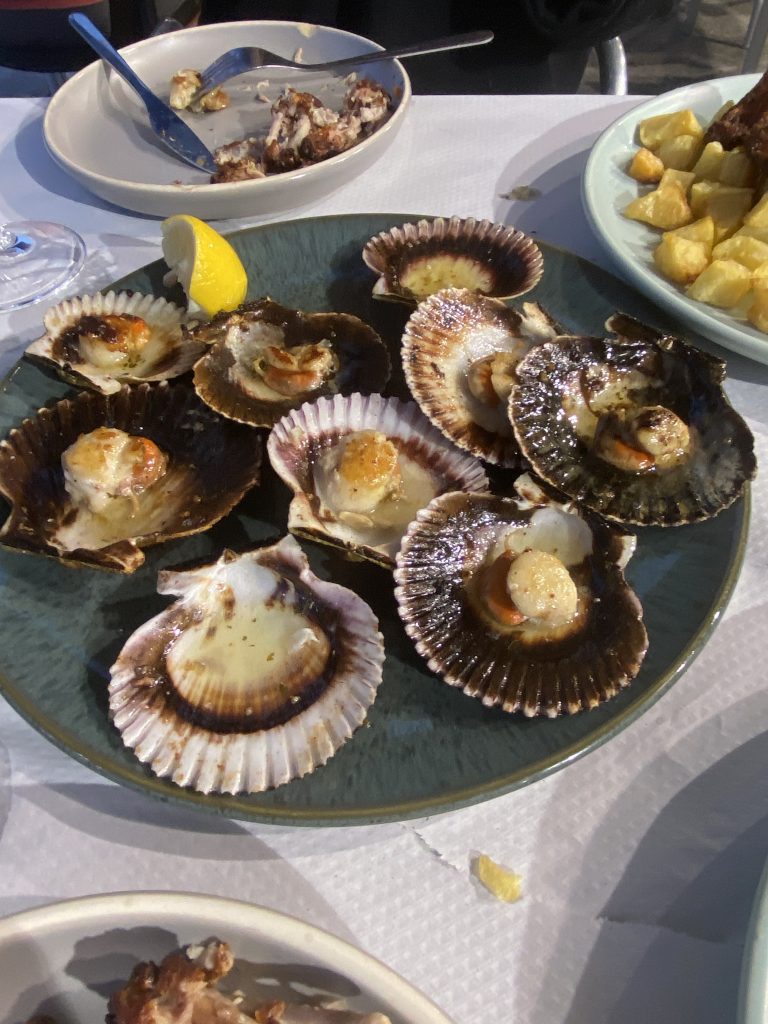
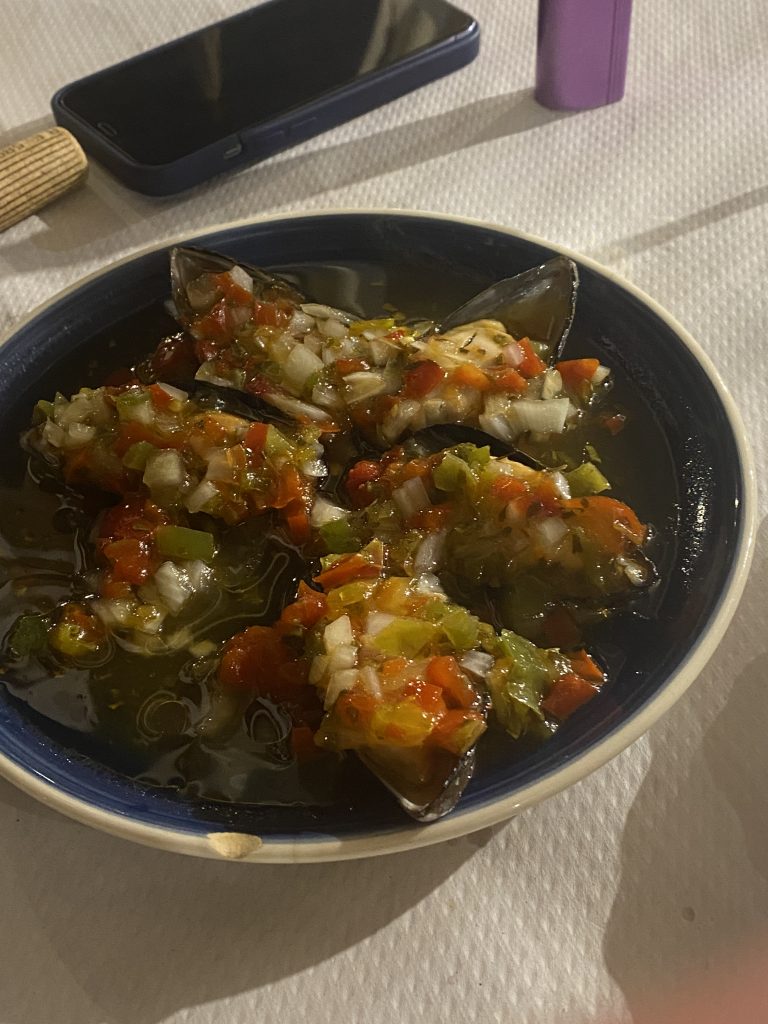

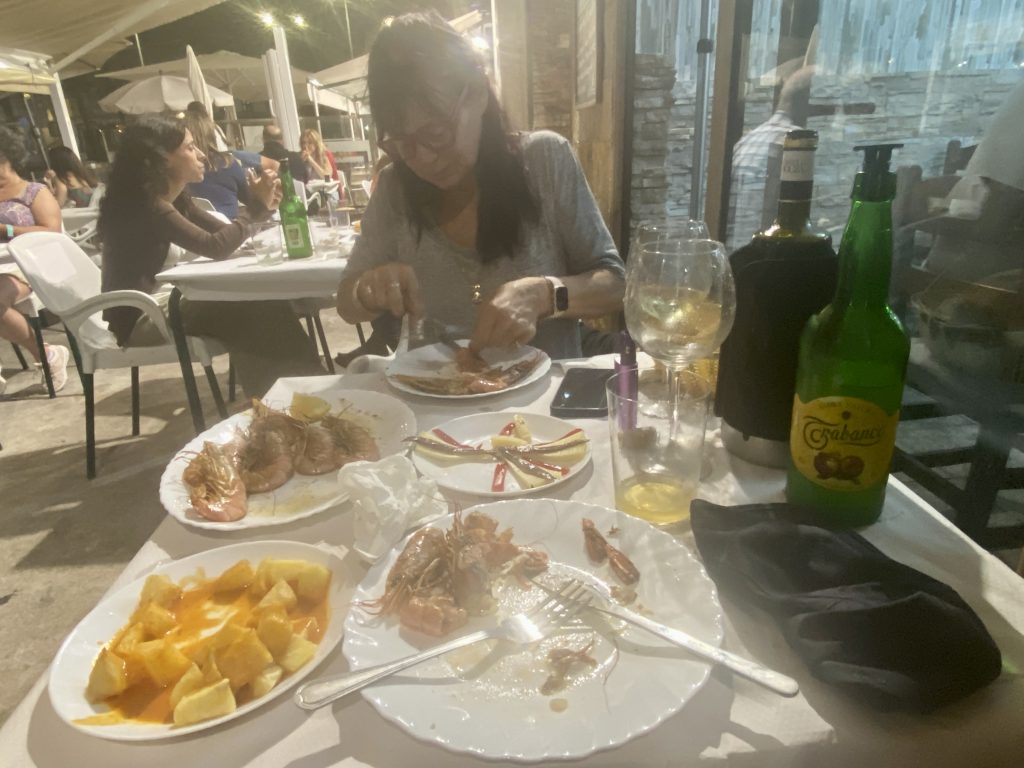
I’ll not say anymore about Candas. A few photos will suffice.
